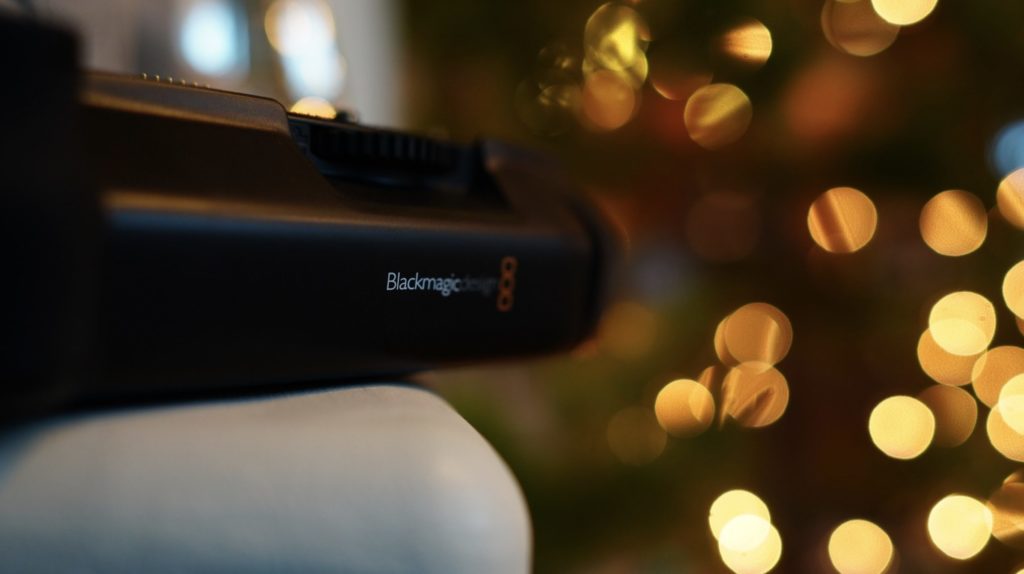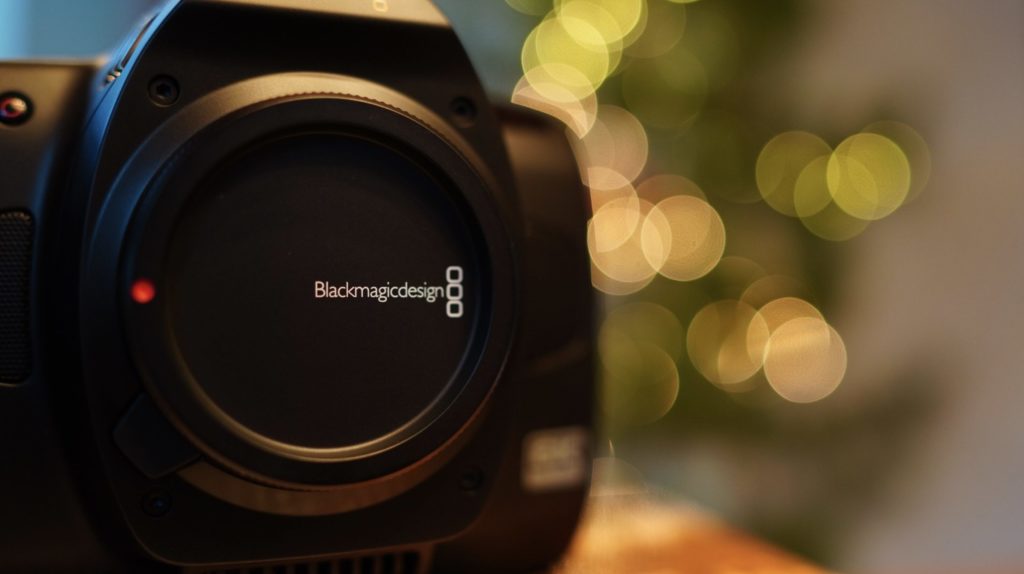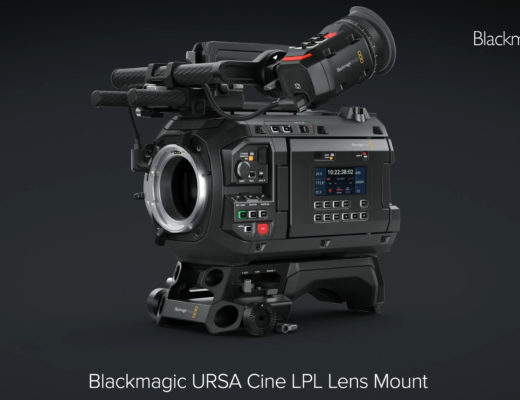Like many viewers in late December, my family and I found ourselves on top of Mount Crumpit and skipping through the wintery musical village of Whoville. It is there that Cindy Lou Who asks Santa (The Grinch) the meaning of Christmas.
“Vengeance!” The Grinch roars, and then calmly, “Presents, I suppose.”
Gifts are the elephants in the room around Christmas. There are endless guesses about what they contain. Curiosity manifests in shakes and giggles. There’s glitter. There’s sparkle.
In my case, a new camera too, the Blackmagic Cinema Camera 6K, lies just six feet from wrapped presents and similarly holds possibilities and secrets. What lies inside? How will this gift change storytelling? How quickly can I unwrap and apply this gift? What will glitter and sparkle? And what if, unfortunately, it falls out of my realm of tools after a brief moment of excitement and creative challenge? And what if love is not actually all around, but is something else when it comes to this camera?
Speaking of love, people who use Blackmagic cameras love Blackmagic’s cameras. This we know. The color science, the recording media options, the dynamic range, and especially the price point, are loved. And that love, perhaps, was exactly why the responses to the Blackmagic Cinema Camera 6K seemed mixed, at least in the Twitter-verse. Only Blackmagic Raw, actually? No built-in NDs, actually? No 4K 120fps option, actually? A single card slot, actually?

The Blackmagic Cinema Camera 6K (also colloquially referred to as the BMCC6K) offers a full frame 6K sensor with a unique aspect ratio, 3:2, alongside traditional video aspect ratios (and I use the term video specifically here, as we see 3:2 often in the photography world). It promises true 6:5 anamorphic filming without a crop. And these two video features will primarily guide whether filmmakers gravitate towards using this camera over the existing Blackmagic models.
The Blackmagic Cinema Camera 6K comes semi-awkwardly in-between and in comparison to its other offerings. It’s a camera that seems, if we had waited another couple months, might have been able to incorporate everything filmmakers were looking for. In a way, Blackmagic is competing against it’s other current offerings and prompts filmmakers to do their research. It’s open gate full frame vs crop sensor. It’s 2.7K 120fps (offered on the BMCC6K) or 4K 120fps (not offered on the BMCC6K but offered on BMPC models). It’s the desire to shoot in true anamorphic or not. It’s the EF mount or the Leica mount. It’s whether you want to shoot on CF express card (one at a time), direct to a hard drive, or SD cards.
This camera is indeed a cinema camera, but it is not an all-in-one camera. And so we have to examine what it is we are in fact in love with, actually, when we use it. Is it the lens? The new aspect ratio? The Blackmagic color science that we have already been in love with for so long? The detail that comes from a 6K image?
And so, perhaps like all love stories, we have to start at the beginning.
T’was the night before 6K
And all through the house
Nerves ran pretty high
What was this camera about?
It offers up full frame
And 6K open gate
And asks what kind of media
You’re inspired to create
There may be new elements
And raw video protocol
So the first step for me…
…. is to read the manual.
No seriously. RTFM. It’s a gift that keeps on giving. The manual does not assume the audience’s familiarity with the Blackmagic system; it is essentially filmmaking 101. Since when do you see tips about backing up your media and how to edit in video software in the camera’s manual? It reads like a book, offering information in paragraphs instead of bullet points, something you could have read curled on the couch next to the fire during holiday break.
But hey, we have filmmaking to do. And it will come with a few hurdles, and perhaps discomfort, with the build and especially when it comes to handheld work.
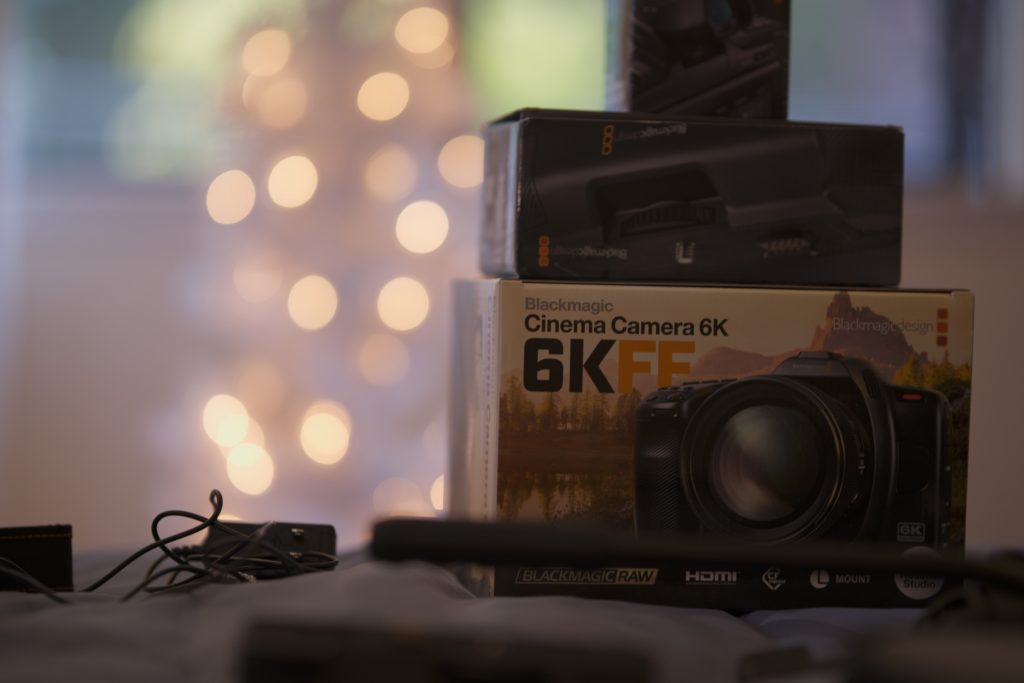
The front of the BMCC6K camera box shows a filmmaker holding the unit in their hand, wrist slightly bent, as they create their film. In reality, reproducing this type of scene might prove difficult and uncomfortable. The Cinema Camera no longer carries the “Pocket” term because of the cinema focus but I also think that’s because it’s no longer “pocket sized.” It feels significant in comparison to the Pockets. In addition, the bottom (without the grip) can feel warm. Add that to the lack of IBIS, and handheld proves to be tricky. Ideally, a handle would come included with this unit (one can be purchased separately) to encourage handheld filmmaking because, even though the 3:2 aspect ratio can be found in DSLR units, the BMCC6K is too big to hold it like one.
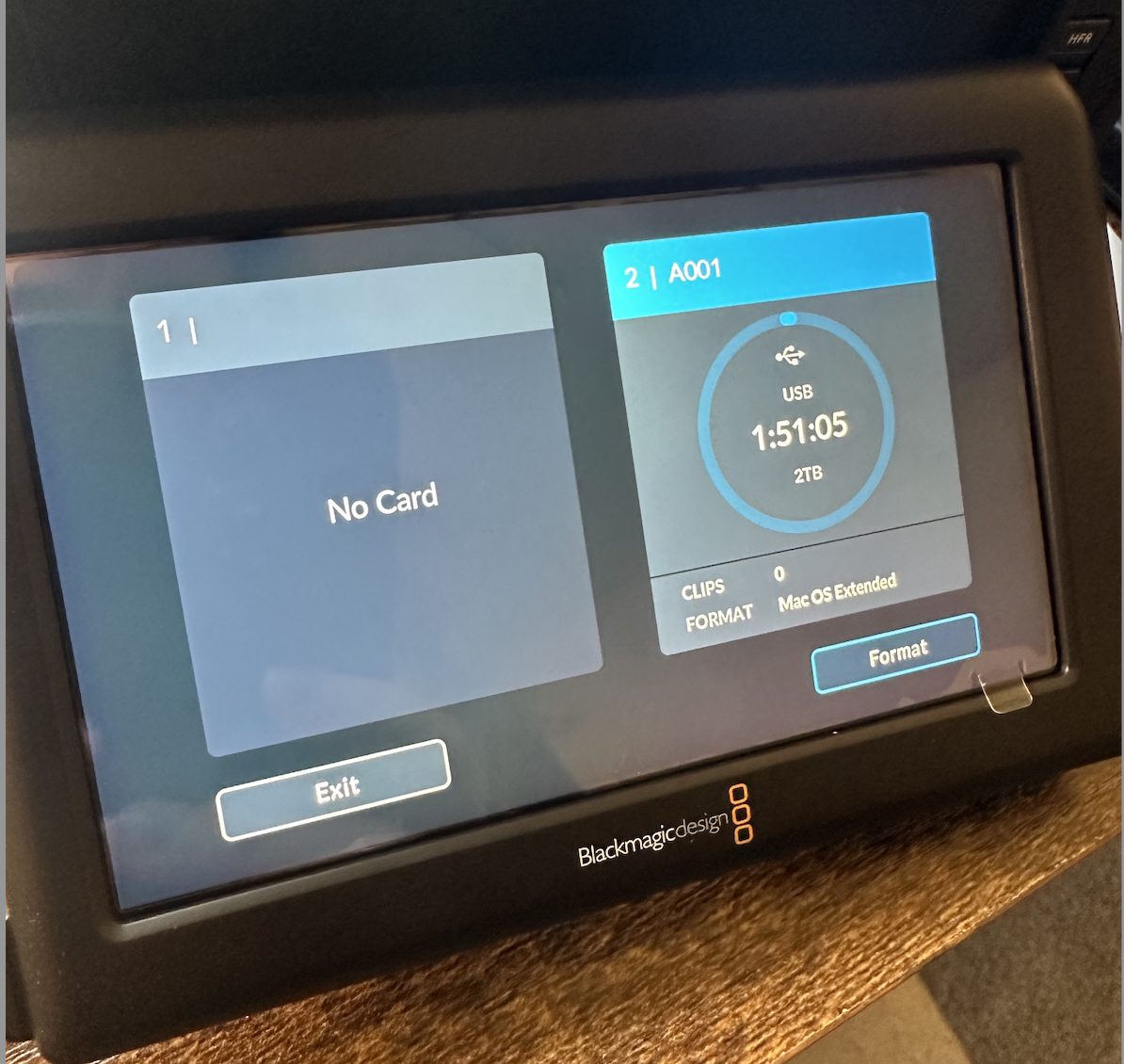
The camera itself offers moments of technical brilliance that I love, actually. Formatting a hard drive requires you to press and hold a button for three seconds. No accidental formats here. The switch between the EVF and the LCD screen, detected by covering the EVF with your eye, is smooth, responsive, and encouraging. The click that the locking button gives when a lens is attached is incredibly satisfying. Thoughtful little technical things are those that can make or break your experience. Instead, these encourage you to film. So film I do.
I decide to film primarily in the 6K full frame open gate option for the simple reason that 6K in 3:2 is a distinct and unique BMCC6K offering. It is also a size that I rarely (never?) shoot video in. While 3:2 is a photography ratio, I wondered how it would challenge, nay inspire, my storytelling. Lenses tested included the Sirui 50mm T2.9 Anamorphic (briefly), a vintage Konica 50mm f1.7, the Sigma 105mm f1.4 otherwise known as the Bokeh Master, and a vintage Konica 24mm to test handheld.
Half a lifetime ago, we switched to filming with the Canon 5D Mark II. You remember it. It changed everything. It was, ironically and relatedly, a camera with 3:2 aspect ratio for stills but we all discovered the unbelievable video quality. I had a colleague who said you could shoot a New York City dumpster with the 5D and it would look good (that quote has stuck with me for 13 years). This camera could do the same.
There are times when you are frankly, quite stunned when using this camera. I have come to appreciate and adore the color science and the unique ratio. It feels refreshing and creatively different. It feels celebratory; look what I can get for a ridiculous price. There’s glitter. There’s sparkle. The experience is love… well wait…Am I in love with this camera, or with the Sigma, actually?
Looking at the footage in post, the content felt grain-less. I never brought the camera out of the lowest ISO setting, and never noticed it as a factor. Usually, I must Resolve’s grain removal process to clarify footage from crop sensor units, so this was a welcome factor.
That said, even with peaking focus assistance on and checking focus with both the EVF and the LCD, missing your focus is unforgiving. I have a tendency to shoot wide open, and in that “focus playground” there are many opportunities to miss it. The small snowman ornament, for example, appeared in focus in the unit, but turned out to be soft. And with no autofocus through a touch screen, or other ways to fine-tune when you’re in a jam, a monitor or other means to confirm focus is necessary. Handheld footage, despite my best efforts and arm strength, proved to be semi-shaky at best, and unusable at worst. Anamorphic footage, in particular, with the 50mm Sirui, felt particularly unstable. Then again, this camera was never going to be a run-and-gun, handheld events style unit. Without continuous AF which is helpful for event coverage, it may not become an events powerhouse, but it still can be a storytelling one. We pull focus, right? Actually?

In terms of battery life, the Blackmagic Cinema Camera 6K lasted 30 minutes, with on and off filming activity, before flashing a red battery warning. Upon playback, the camera displayed a timeline with all my footage, like one giant clip, to scan through. According to the manual, you can press the play button again to get to the last recorded clip.
BRAW files are placed directly into a mobile hard drive. A Samsung T7 2TB unit was formatted through the camera before recording. Proxies and stills are placed in their own folders. The stills are, strangely, delivered in BRAW format as well. They can only be opened and edited in Resolve.
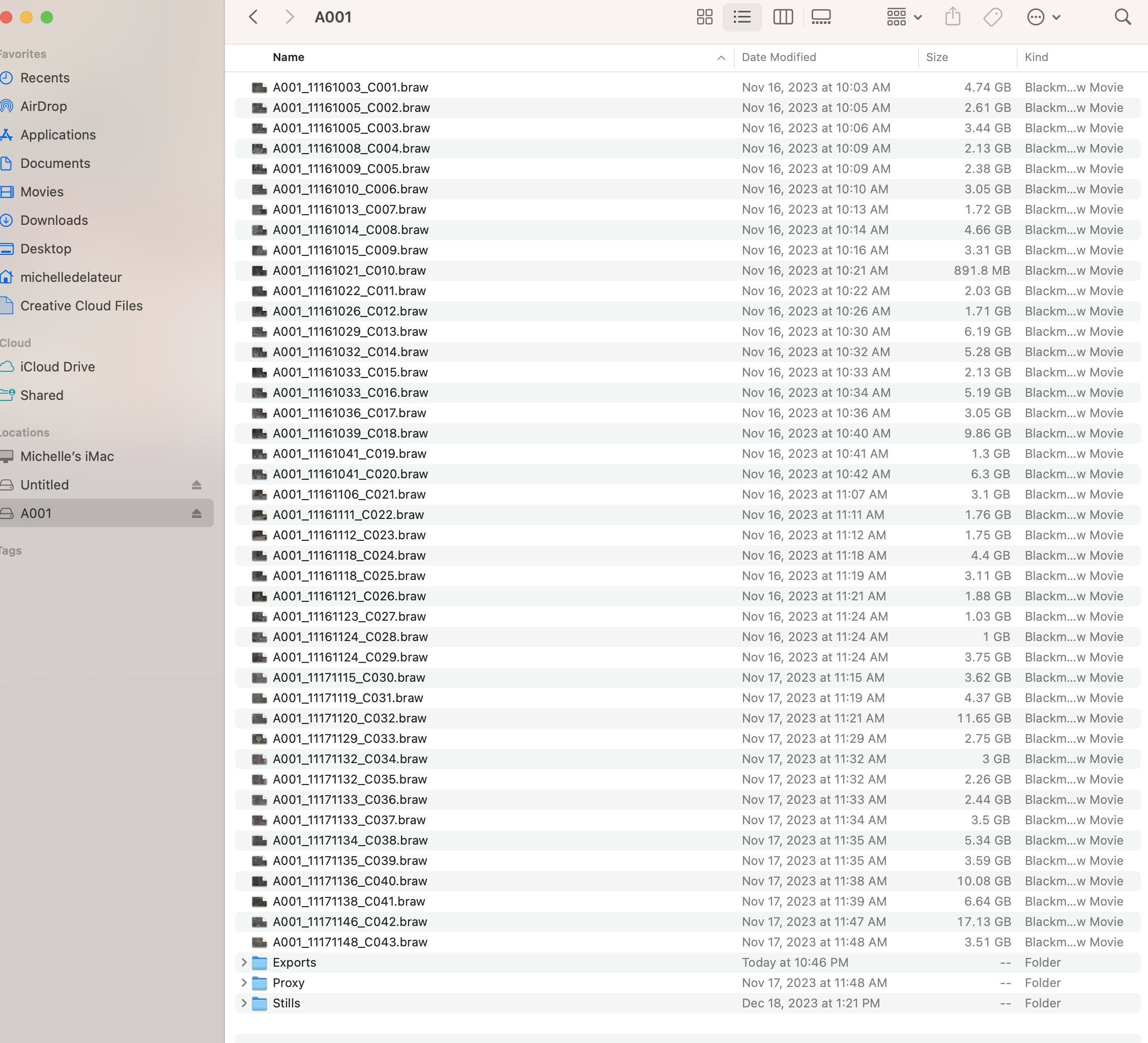
H.264 proxies are created automatically alongside your material and Resolve automatically connects them. A heads up that the proxies will display artifacts/banding/low compression oddities, seen in the still below, that are not captured in your high quality material.
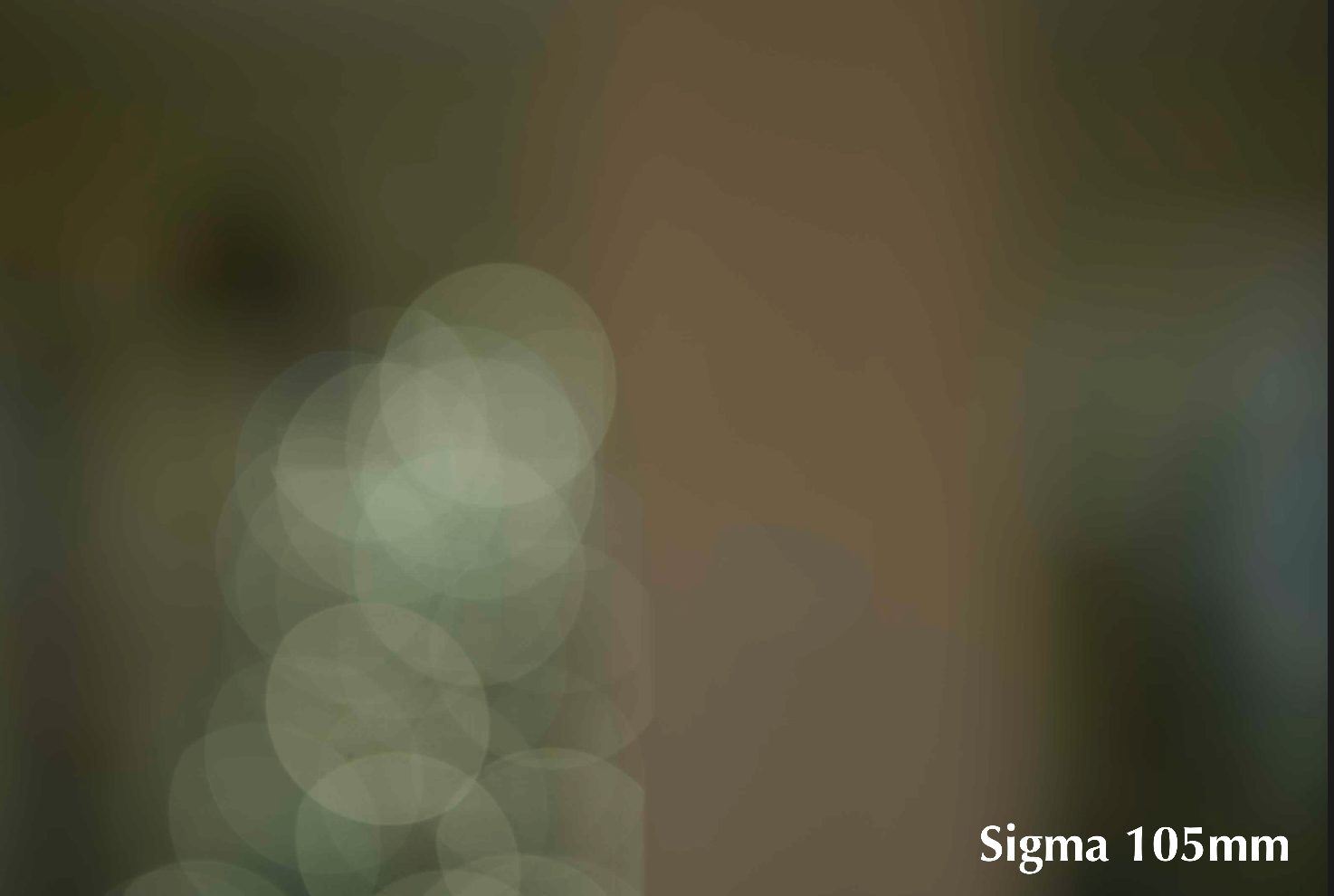
Days after opening this gift, I still craved the uniqueness of it. My storytelling felt unopened by using this unit, dare I say, like an open gate. The feel and colors dared me to tell things differently. Suddenly I see, reflect, and refract the stories and possibilities around in a different way. Could this have happened with any cinema camera? Maybe. But this one comes with an accessible price tag. And sometimes creative constraints are exactly what we need.
It remains to be seen (or scene?) how film festivals and screens will display the unique 6K 3:2 Open Gate sizes. YouTube and Vimeo adjust to the size, of course, but televisions and projectors will not. How might that affect the storytelling in a festival setting?
So… are we in love with the Blackmagic Cinema Camera 6K, actually? In some ways, this review became a love story with the Sigma 105mm lens, an admittedly longtime affair of mine. You won’t suddenly get beauty out of a mediocre lens, but this camera may turn your favorite ones into unique storytelling tools.
Every year between Christmas and New Year’s Eve, we enter that amorphous season without time and space. We are stationed between the two holidays without rhyme or reason or structure, and we must come up with new and unique activities. Similarly, this camera feels somewhere in between prior models and a perfect model; a step up from 4K users that didn’t gravitate towards the 6K Pocket camera and want a full-frame unit, but not quite a cinematographers dream.
Given all this talk of love, it is fitting that we are quickly coming up on Valentine’s Day. Because a future Blackmagic camera that offers this full frame sensor with built in NDs and 4K at 120fps?
That would be love, actually.
